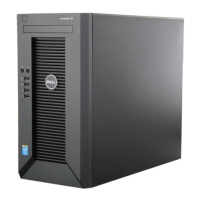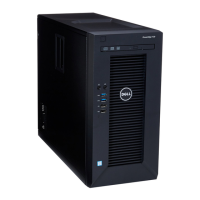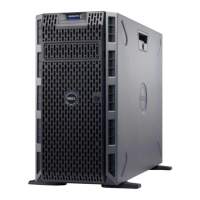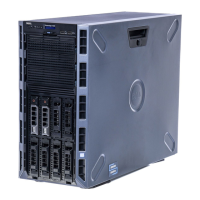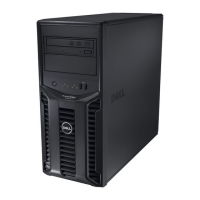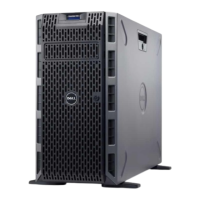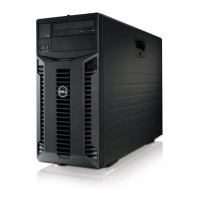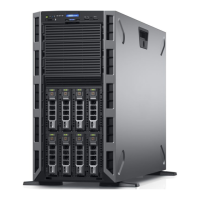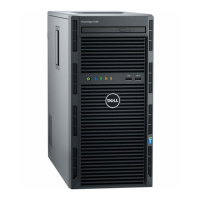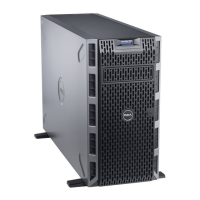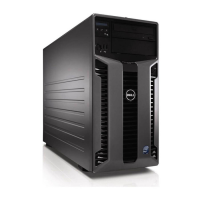Dell
PowerEdge T710 Technical Guide 30
o Typically, two channels operate in Advanced ECC (Lockstep) mode with each other by
having the cache line split across both channels. This mode provides improved RAS
features (SDDC support for x8-based memory).
o For memory mirroring, the two channels operate as mirrors of each other—writes go to
both channels and reads alternate between the two channels. The channels are no
longer in lockstep mode.
One channel populated per CPU:
o This is a simple Memory Optimized (Independent) mode. Mirroring is not supported.
The T710 memory interface supports memory demand and patrol scrubbing, single-bit correction and
multi-bit error detection. Correction of a x4 or x8 device failure is also possible through the lockstep
channel mode and the SDDC code. Additionally, correction of a x4 device failure is possible through
the independent channel mode.
7.5 Memory Population
Across processor sockets, DIMM populations can be different as long as the population rules for each
socket are followed. Additionally, both processor sockets operate in the same RAS mode and are set
up with the same memory timing parameters.
The following memory population rules apply:
If DIMMs of different speeds are mixed, all channels operate at the fastest common
frequency.
RDIMMs and UDIMMs cannot be mixed.
The first DIMM slot in each channel is color-coded with white ejection tabs for ease of
identification.
The DIMM sockets are placed 450 mils (11.43 mm) apart, center-to-center, in order to provide
enough space for sufficient airflow to cool stacked DIMMs.
The T710 memory subsystem supports up to 18 DIMMs. DIMMs must be installed in each
channel starting with the DIMM farthest from the processor. Population order is identified by
the silkscreen designator and the System Information Label (SIL) located on the chassis cover.
See Figure 7 for DIMM naming and numbering.
Memory Channel Organization Figure 7.
For more information on memory population requirements, see the System Memory section in the
Installing System Components chapter of the Dell PowerEdge T710 Systems Hardware Owner’s
Manual on Support.Dell.com.
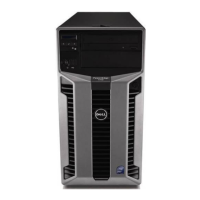
